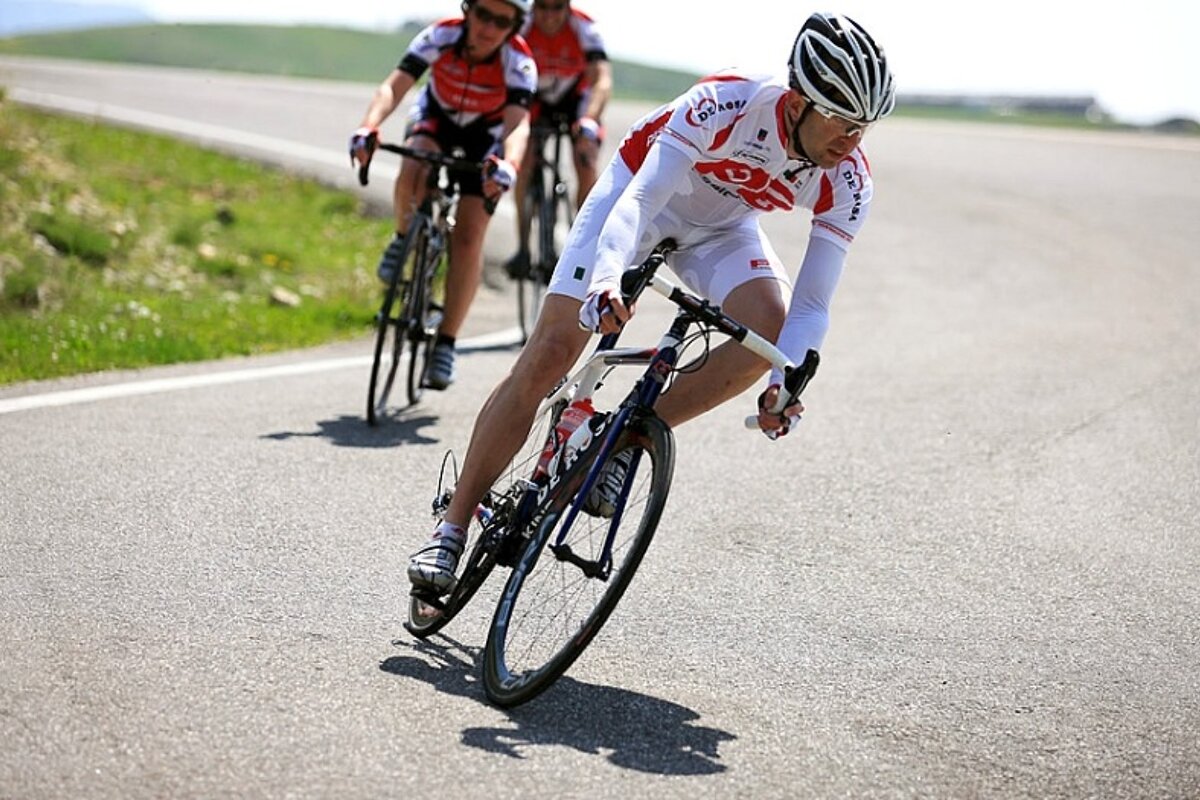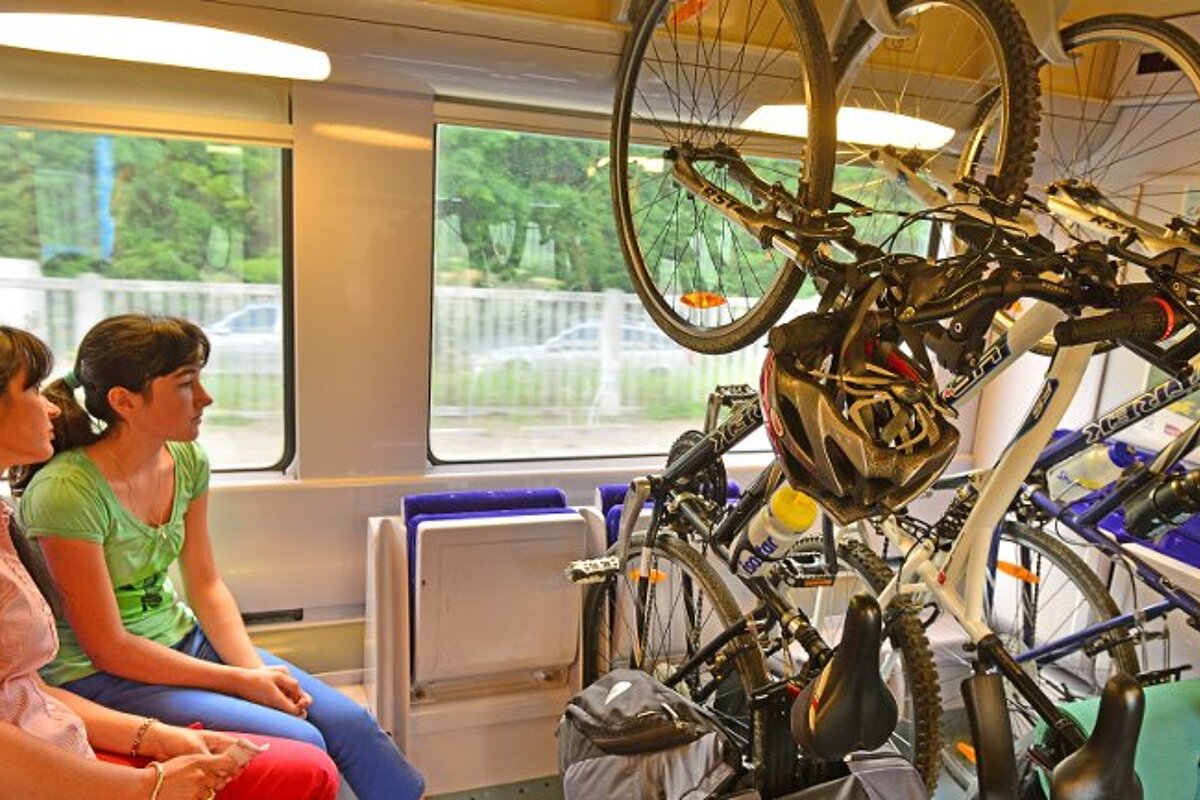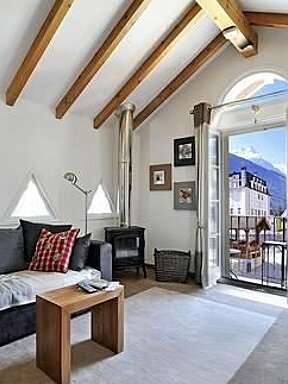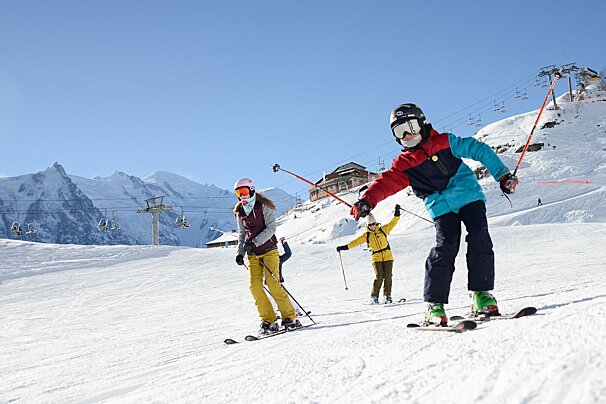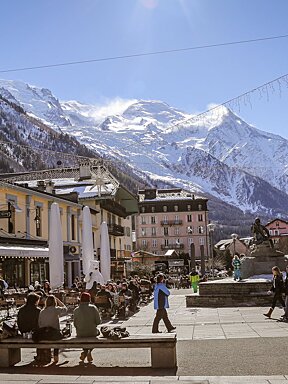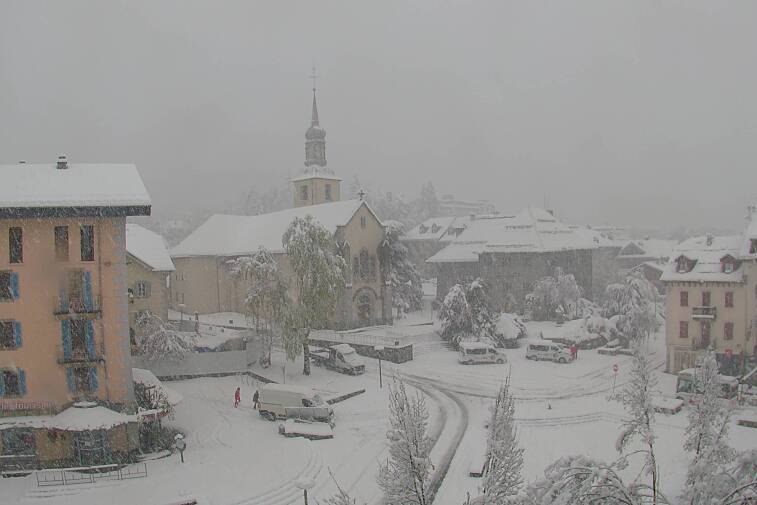
© SeeChamonix.com
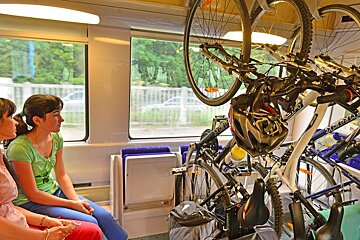
© https://en.francevelotourisme.com/
Cycling in Chamonix
Discover the top Chamonix cycling
Cycling is one of the France's most popular sports, and events like the Tour de France draw in millions of viewers each year, either online, on TV or in person lining the routes.
Cycling in Chamonix and in the Alps in general, is much more demanding than your favourite local route back home. The roads around Chamonix may be the setting for some of the most gruelling sections of the Tour de France but they can also be tackled by enthusiasts as well as professionals.

Cycling in Chamonix and France
To gain the most from your riding in the area it goes without saying you need to have a reasonable level of fitness. You do not need to be a superman or woman but the ability to ride comfortably for up to three to four hours in the UK should see you enjoy the mountain routes.
Before you set off you should also make sure that your bike is in good working order. Simply from an efficiency point of view, a bike in good condition that is well lubricated will reduce friction between parts and can reduce the difficulty of a climb by the equivalent of 1% incline. Check the chain, derailleur, brakes, wheel mountings and tyre pressure before you set off. In the event of finding a problem with your bike there are shops in resort with experienced mechanics who can supply and fit any basic components you may need, but most of the shops are geared towards mountain-bikers. If your bike is quite specialist you should bring any essential parts you might need with you when you travel.
Once on the road set off slowly. The climbs in the Alps are longer and the summits higher than almost anything in the UK, and the thinner air and baking summer sun will make the climb more difficult than what you might be used to.
The descents are super fast in places and can be bumpy. You will meet oncoming cars and frequently cyclists climbing the other way who may not be tucked into the right hand side of the road (yes the right hand side!) as much as they should. Do not imagine you are in the Tour de France with closed roads. Having said that the roads are generally quiet and car drivers (the French ones at any rate) will be considerate in contrast to their British counterparts.
And finally - know your route. Although signposted and relatively easy to follow, it would be worth consulting a map and if not carrying it with you on the ride then at least make some notes as a reminder to use on your intended route. The Michelin map 328 LOCAL for Ain Haute Savoie or 333 for Isere/Savoie is the most appropriate.

Cycling routes
We have graded the cycling routes in Chamonix on our routes page from beginner to advanced but as you will see there may well be none here that are ideal for beginners.
Although the routes are sometimes short they are often quite steep and in some cases the longer rides are flatter and easier. We have added estimated times for the completion of these routes but this will vary from person to person depending on fitness and skill level.
Remember to plan your route thoroughly if it is your first time on the road and start slow, you are going to need to save those legs before the end.
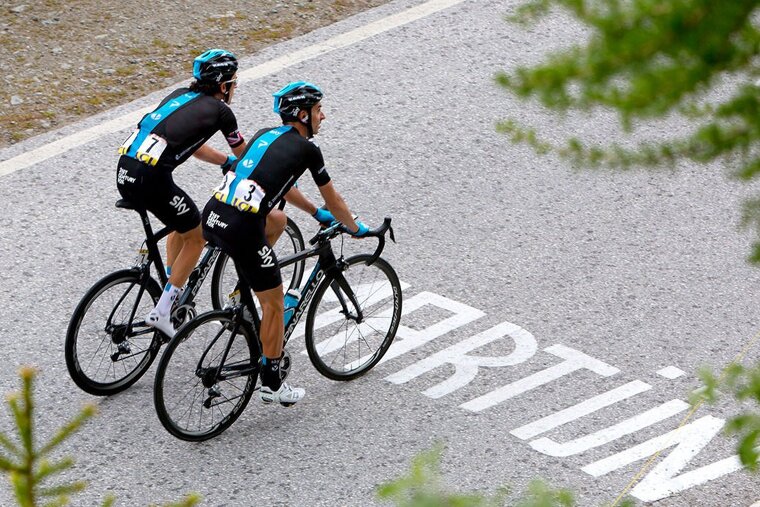
How difficult is the cycling?
This tends to be dependent on ability and/or how hard you want to try up the climbs.
If you're confidant of making the climbs quickly, which means you’ll be climbing for up to an hour, then you’ll need a 39x27 gear. Most fit riders of club level that comfortably cover three to four hours or more in the UK will get by on this gear without struggling too much. If you know you’ll take a little longer then your bike needs to be equipped with either a compact triple or double chain set. This will ensure you have low enough gears to ride comfortably at a pace that suits your level.
Remember the climbs may not be that steep, but they are long and combined with the heat and altitude may present more of a challenge than you think. But don’t be put off, if you’re honest about your level and use the appropriate gears then it will be a tiring but pleasurable experience.
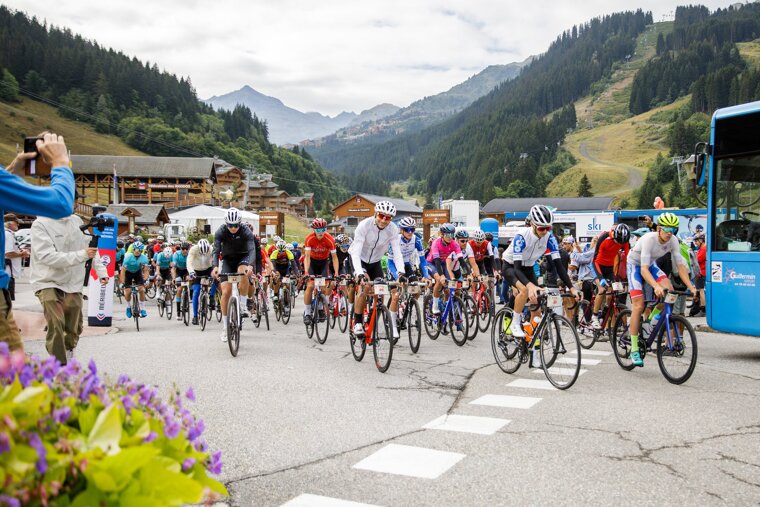
Renting bikes
If you choose not to bring your bike with you on your Chamonix holiday - and with airlines charging carriage these days for your bike and the possibility of loss or damage to your pride and joy during transit, there are good reasons to leave your bike at home. If you're a keen cyclist, there are several top notch rental stores in Chamonix that will kit you out with the newest and best quality bikes for the duration of your holiday.
If you're a casual cyclist, then these stores will also cater for you, with half day and full day rental options available. Helmets are not compulsory but are available to hire at all of the shops. Chamonix is laced with excellent cycle routes so you won't have to fight with too much traffic to enjoy the lovely surroundings - check out our cycle routes for inspiration.
NB. The shops can help with mechanical repairs but their spares range will not cover a road bike in the event of breakages. Fortunately road bikes tend to be a more reliable mode of transport suffering fewer breakdowns than MTBs, but it's well worth ensuring your bike has a full service before you travel. If you are not mechanically minded then your local independent bike shop can do this for you. Particular attention should be paid to your tyres and brakes - make sure both areas are in excellent condition. It’s always worth bringing a new spare tyre and a couple of extra inner tubes.
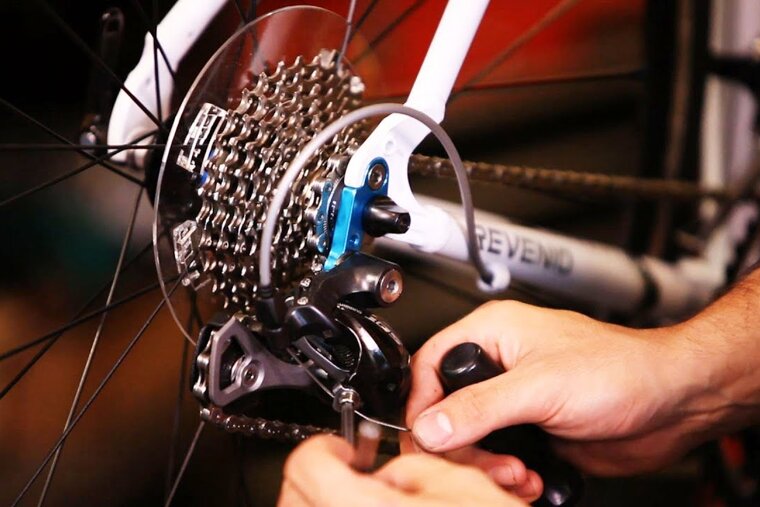
Equipment for cycling
- water - one of the biggest problems in the Alps is the heat, so fit two bottle cages to your bike and take 750ml bottles with electrolyte drinks
- sun cream - the thin air and hot summer sun means you will burn quicker here than at home
- windbreaker - although it may be warm in the valley temperatures can drop rapidly as you climb, the weather can change quickly and the fast descents can cool you down quickly
- snacks - energy bars and gels are a very good idea if you are planning a day on the roads
- mobile phone - being able to contact someone to pick you up if your chain breaks is helpful
- money - you may need it in an emergency or just for a beer at the end of the day
- basic repair kit - you can't fix everything by the side of the road but not all breakdowns require the day to end
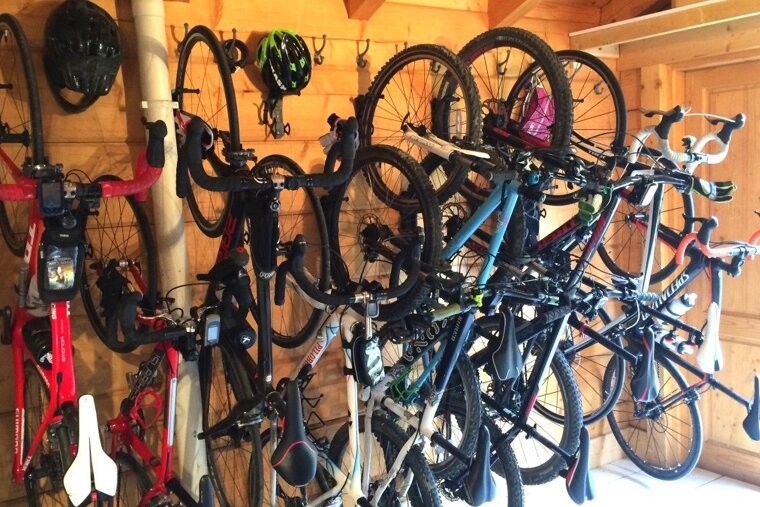
Cycling hotels and camps
Many of Chamonix's hotels welcome cyclists and will be able to offer storage rooms and bike racks - check before you book.

Flying with your bike
A review of airlines terms and conditions in relation to sports equipment baggage indicates that it is highly likely that you will be subjected to a standard charge for taking your bike on board.
However, make sure that the combined weight of your luggage does not exceed your allowance. Although you may have paid an excess for your bike, its weight may be added to the weight of your hold luggage and there can be a penalty for any kgs over the allowance.
The more conventional airlines such as British Airways and its code share partner Swiss airlines permit free transport of bikes providing they fit within the free baggage allowance, and are packed in a hard shelled container.

Packing your bike for a flight
There are a few options available in transporting your bike.
Hard bike boxes tend to cost in the region of £300+ and like a hard case suitcase it will minimise the risk of damage occurring to the your bike but they are heavier. A soft bike bag is the cheaper option, costing around £100. Whilst this will provide your bike with a little more padded protection it is not as reliable as the hard box. You can also transport your bike in its original cardboard box, protecting the key areas with bubble wrap and cardboard.
Most airlines stipulate the following:
- bikes should be contained within a protective box or appropriate bike bag
- only one bike should be carried per box or bag, and no other items (except protective padding) should be included within
- handlebars and pedals must be fixed sideways against the frame or removed
- tyres should be deflated slightly to reduce the risk of damage
If you''re transporting your bike, you should also check out your travel insurance arrangements. A lot of travel insurance companies will not cover your expensive mountain bike without an additional excess payment, and a lot of airlines will not be held responsible for any damage sustained whilst the bike is in their care. Check out your household insurance policy to see whether it can be covered as 'contents away from home'. There may be a slight surcharge for this option, but it's potentially better than having to fork out for a new bit of kit, or a brand new bike.
Top tip - in addition to bubble wrap, purchase some pipe lagging and zip ties from a DIY store to put around the frame of the bike for protection during transportation.
In addition, if you don't have your original cardboard bike box, ask your local bike shop for one. If you have the choice always use the manufacturer’s box and your bike should arrive safe and whole. However, it's worth noting that the most frequently damaged part of a bike is the rear gear hanger. Remove the rear gear mechanism and tie wrap loosely to the frame to avoid this scenario. This applies almost equally to disc brake rotors if your bike sports them. Take them off, likewise pedals, it's only a five minute job and will prevent you engaging in a fruitless search for an obscure part in resort.

Taking your bike on the train
Going on holiday to France with your bike is pretty straight forward, but as with a lot of things, its better to book in advance.
Eurostar allows you to take your bike on the train, however regulations stipulate that it must be carried in a bike bag or box. If your bike is placed in a suitable bike bag or box that is no longer than 85cm, you can carry it on board as part of your baggage allowance for ALL journeys from London. For bike bags or boxes over this size then you will need to use the registered luggage service. This service is not permitted on direct trains from London to Lyon, Avignon, Marseille and the French Alps.
They will do everything they can to ensure your bike travels on the same train as you. But if it can’t, they guarantee that you will be able to collect it at your Eurostar destination station within 24 hours of your departure. Your bike will generally travel on the same train as you unless there is not enough space. If this is the case, they will send it on the next available train.
Once you're in France getting around with your bike can be straight forward, but again planning ahead and getting to the station early are highly recommended.
Domestic or regional trains (TER) and tourist trains quite often allow you to transport your bike for free, although you may have to put it in a bike compartment, or hang it from a hook to save space, or fold it up and take it on as hand luggage. Spaces are limited and you cannot reserve in advance, and in some regions bikes aren't permitted Monday-Friday during working hours as the trains are too busy with pedestrians.
Regional trains in Ile-de-France, the region surrounding Paris, are called Transilien and are the country’s busiest commuter trains. They operate into all of Paris’ stations and run on lines with a letter associated (line K, line P, etc.). They also include the RER trains, which run on lines A to E. You can take your bike on board a Transilien Monday to Friday, before 06:30, between 09:30 and 16:30, then after 19:30; at any time on weekends and bank holidays and at any time if it is folded or placed in a bike bag and does not cause fellow passengers any inconvenience.
On Intercity trains it's best if you can dismantle your bike and carry it on in a bag no more than 120x90cm. Some of these trains require a seat reservation, whereas others do not. Consequently, according to the type of train, it may or may not be necessary to book, or pay for, a place for your bike.

Safety advice for cyclists
A few words of advice for cycling in Chamonix.
- keep to the hard shoulder of roads wherever possible and if you go out in a group, travel in no more than two abreast
- don't make any risky manoeuvres and always comply with all traffic regulations
- respect the natural surrounding because the ecological balance is very fragile
- do not leave litter behind and do not light fires in the woods
- do not enter private property without the expressed permission of the owner
- in summer it is advisable not to cycle during hottest time of the day - take water, sun cream and a hat on excursions
- before leaving, make sure your cycle is in good condition and if you're planning to go out at night or might be returning late, ensure that your bike is fitted with working lights
- make sure you let someone know where you will be going and when you think you are likely to be back
- take a puncture repair kit
- there are many cycling itineraries marked in the minor roads - you can found out more on our cycle routes page
